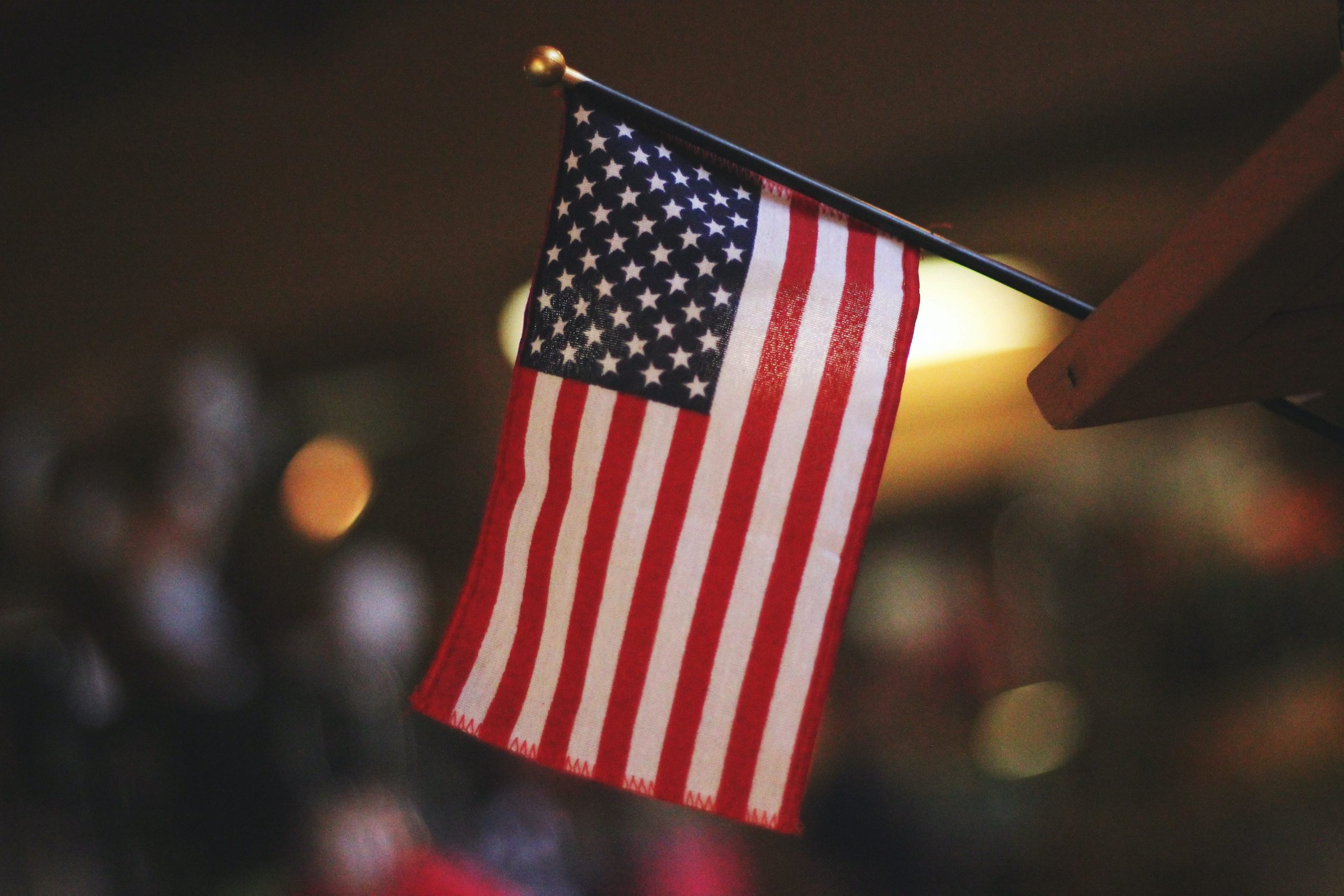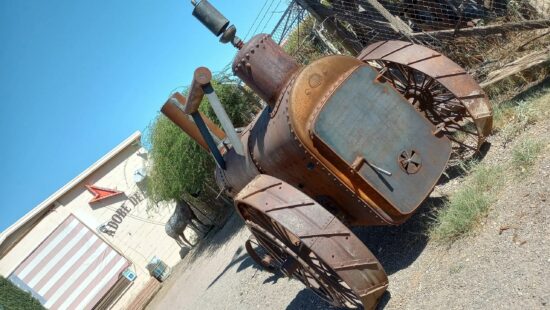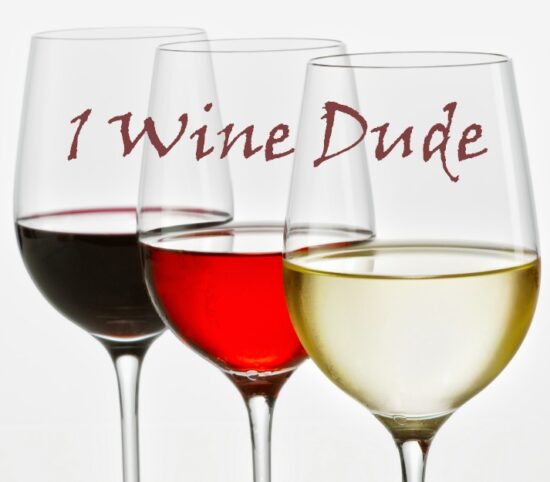
For close to a year, I’ve been working as the self-proclaimed Ancient World specialist in a wine shop. In the process of spitting samples into a sink with various salesmen, I’m sometimes told about overseas wineries that produce wines that are “ ideal for the American palate”. One rep even admitted that the Agiorgitiko I was swirling was specifically tailored for Americans and was different to what the winery sells back in Greece. In 2018, the New York Times’ Eric Asimov wrote about how, after a visit to the same country, sommelier Joe Robitaille felt that, “bright, crisp, steel-fermented whites were often made for export, while the Greeks kept barrel-fermented whites for themselves”.
If wines are being tweaked for the American palate, are they still good examples of that location’s winemaking craft and terroir? If there’s a formula that satiates the American palate, what does it entail and who determines what it is? While everyone I asked seemed to agree that the American palate used to mean “big boy”, high-alcohol reds that would score close to triple digits on the Robert Parker scale, it’s not that easy to be categorical anymore. The more I inquire, the more I’m convinced that there isn’t an updated definitive answer.
Dennis López, my wine shop’s Germany and Austria expert and Champagne champion, feels that, not so long ago, producers abroad adjusted their styles for better Parker scores and the recognition in wine publications that resulted from them. “The style that was achieved in the 1990s and early 2000s was achieved purposefully. With the warming climate, producers are having a difficult time going back to their old style with lighter extractions and lower alcohol levels,” he says. “I personally enjoy traditional Old World styled wines and was never a fan of reaching for scores or popularity. But I also understand that a business needs to make money, so if a shift in wine style will do that, then to each his/her own.”.
Using winemaking consultants that can whip up a guaranteed winner in their signature style, regardless of where the grapes grow, can be the safest bet when the financial stakes are high, which tends to be the case in the wine business. Countries sending their wines to the US market could argue that their Americanised lines are also created out of economic necessity rather than desire, much like the director that shoots stale corporate commercials in order to fund her indie feature film.
My retail colleagues are all men who (more or less) favour a Eurocentric focus in wine. For them, Burgundy is king, Champagne is queen, and high scores still get bottles from anywhere into customers’ carts. For a Californian store that’s been selling to the American public for over four decades, it should be simple to gauge what the American palate likes, but it’s not. A huge proportion of our clientèle is men over 55 who are more than comfortable spending over $25 per bottle….



